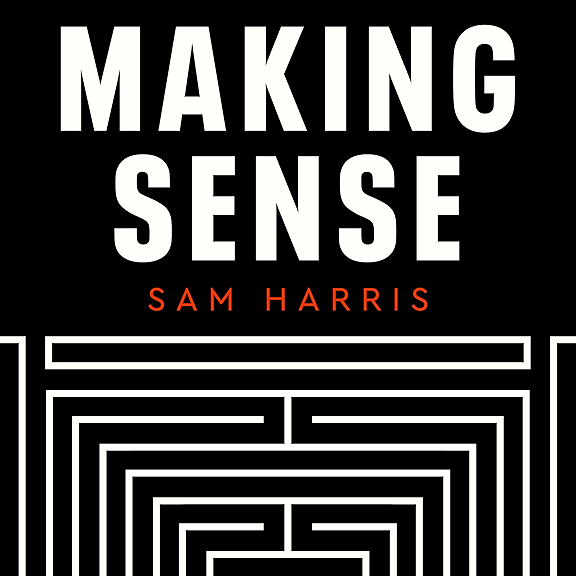
Can we dump antacids in the ocean to soak up carbon dioxide? And more.
Canaries in the coal mine — a report on Canada’s bird life is an environmental report card
Using millions of observations, collected over 50 years, from bird watchers across the country, the conservation group Birds Canada and Environment and Climate Change Canada have released a report called The State of Canada’s Birds. The big takeaways are that many bird species, such as grassland birds and arctic birds, are in trouble because of climate change, damage to habitat and other causes. The good news is that where we’ve made efforts at conservation, such as with birds of prey and waterfowl, it’s working.
Ants farm fungus, and have been doing it since the dinosaurs died
Many species of ant grow fungus for food in their colonies, feeding it on plant matter and carefully cultivating it to protect it from disease. And a new study, led by Smithsonian researcher Ted Schulz, has determined that this has been going on for at least 66 million years, and probably evolved as a strategy to survive the environmental catastrophe that followed the asteroid impact that annihilated the dinosaurs. The research was published in the journal Science.
A Canadian group is exploring how to filter and destroy forever chemicals in our water
PFAS, a group of 15,000 synthetic chemicals that are also known as forever chemicals, are a tricky problem because they’ve spread everywhere and are hard to destroy. But a group from the University of British Columbia, led by chemical engineer Johan Foster, has found a way to efficiently capture the chemicals from water and break them down into harmless components. The research was published in the journal Nature Communications Engineering.
It’s two, two, two animals in one. Comb jellies can join their bodies together
Scientists studying a jellyfish-like animal called a ctenophore, or comb jelly, were shocked to discover that, when injured, two individual animals could fuse together. University of Colorado biologist Mariana Rodriguez-Santiago and her team found that the animals melded their nervous systems, and even their guts, while retaining individual features. The research was published in the journal Current Biology.
Using the sea to soak up our excess carbon dioxide
We’ve released 1.5 trillion tons of carbon dioxide into our atmosphere. We may slow our emissions, but the CO2 we’ve already released will warm our planet for thousands of years. Which is why scientists are now trying to understand how we might safely attempt to remove it on a vast scale. Journalist Moira Donovan explores research into marine carbon dioxide removal, and how scientists are trying to understand if we can fix a problem they’d hoped we’d never face. Moira speaks with:
Will Burt – Chief Ocean Scientist Planetary Technologies
Katja Fennel – Department of Oceanography, Dalhousie University, Halifax
Kai Schulz – Biological Oceanographer, School of Environment, Science and Engineering, Southern Cross University, Australia
Ruth Musgrave – Department of Oceanography, Dalhousie University, Halifax



















